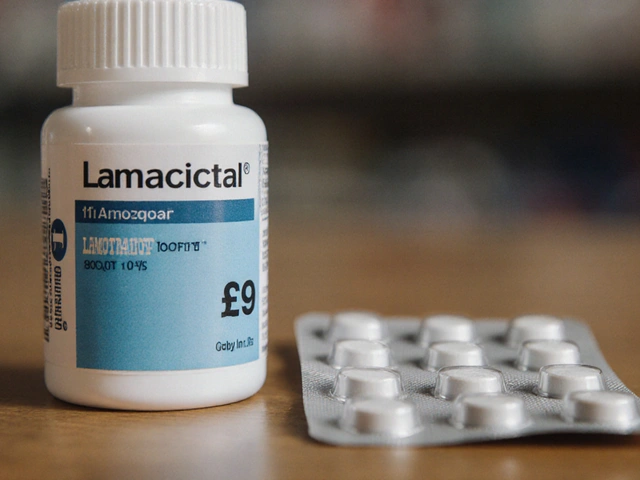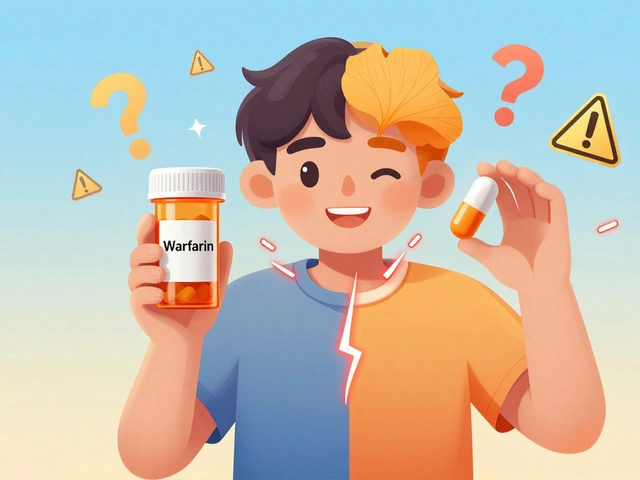Multicultural Perspectives on Generics: How Culture Affects Medication Adherence
November 14 2025Antibiotic Guide: How to Use, Buy and Stay Safe
Antibiotics treat bacterial infections. They do not work for viruses like colds or flu. Take the right drug, at the right dose, for the right length of time. Stopping early can let bacteria survive and become harder to treat. Always follow your prescriber's instructions and ask questions when something is unclear.
Different antibiotics target bacteria in different ways. Penicillins, cephalosporins, macrolides, tetracyclines, and fluoroquinolones are common groups. Your doctor chooses based on the likely bacteria, allergy history, and local resistance patterns. If you have allergies or take other medicines, say so before you start treatment.
Thinking of buying antibiotics online? Check the pharmacy license, contact details, and whether they require a prescription. Legit sites will ask for a prescription and display a pharmacy license or verification badge. Avoid sellers offering powerful antibiotics without a prescription or suspiciously low prices. Fake or substandard antibiotics can be harmful.
Store antibiotics as the label says. Some need refrigeration, others will break down in heat. Keep the full course even if you feel better, unless your doctor tells you to stop. Watch for side effects like rash, diarrhea, or severe stomach pain and get medical help if they appear. Tell your provider about all supplements and prescription drugs you use.
Antibiotic resistance is real and growing. It happens when bacteria survive treatment and pass on resistant traits. Misusing antibiotics for viral illnesses, skipping doses, and using leftover pills speed up resistance. That makes future infections harder to treat and forces doctors to use stronger drugs with worse side effects.
When traveling, carry a copy of your prescription and original packaging. Some antibiotics interact with alcohol or birth control; check with a pharmacist. Probiotics can reduce diarrhea from antibiotics but pick the right strain and timing. If you notice new symptoms after travel or treatment, contact a health professional promptly.
Quick checklist before you buy or start an antibiotic: confirm it's for a bacterial infection, check allergies, verify the pharmacy, follow the full course, and report bad side effects. When in doubt, ask a pharmacist or your doctor. Smart use preserves treatment options for you and the community.
How to spot a legit online pharmacy
Look for a physical address, phone number, licensed pharmacist, and a verified seal from a national regulator. If a site sells prescription antibiotics without asking for a prescription, walk away. Read customer reviews but focus on verified purchases and check independent sites. Use a credit card or trusted payment method that offers fraud protection.
Everyday tips with antibiotics
Take doses at the same time every day to keep drug levels steady. Some antibiotics work better with food, others on an empty stomach. Finish the course even if you feel recovered, unless your prescriber advises otherwise. Avoid sharing leftovers or giving human antibiotics to pets. Keep a list of antibiotics you have taken in the last year to help future prescribers pick the right medicine quickly. Ask if an antibiotic is necessary.
 29 May
29 May
Ampicillin and Gastrointestinal Infections: A Closer Look
Ampicillin is an antibiotic that I recently learned about, and I wanted to share some information with you all, especially regarding its role in treating gastrointestinal infections. This drug belongs to the penicillin family and works effectively against a wide range of bacteria causing such infections. It's fascinating to know that ampicillin can help alleviate symptoms like abdominal pain, diarrhea, and fever by killing the harmful bacteria in our gut. However, it's crucial to remember that antibiotics should be taken only when prescribed by a doctor, as misuse can contribute to antibiotic resistance. In conclusion, ampicillin is a potent weapon against gastrointestinal infections, but let's ensure we use it responsibly.
Read More...Exploring the effectiveness of Ofloxacin in treating skin infections
I recently came across a study examining the effectiveness of Ofloxacin in treating skin infections. It turns out that this antibiotic has proven to be quite successful in combating various types of skin infections, including those caused by bacteria like Staphylococcus and Streptococcus. Moreover, its oral and topical formulations allow for easy and convenient use. However, it's essential to remember that antibiotics should always be prescribed by a healthcare professional to ensure proper treatment. In summary, Ofloxacin seems like a promising option for treating skin infections, but always consult your doctor before starting any new medication.
Read More...




